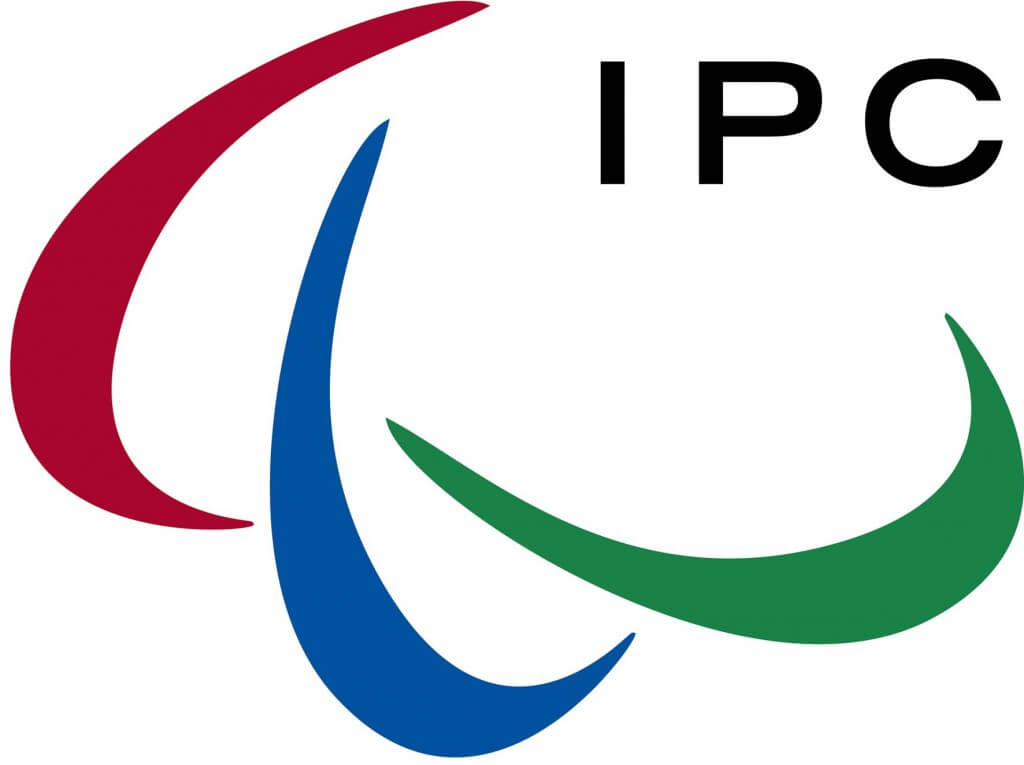IPC Updates Classification Rules and Regulations

The International Paralympic Committee (IPC), the governing body of the Paralympic Movement and supervisor of the Summer and Winter Paralympic Games, has updated their classification rules and regulations. The goal of these revisions is to provide clarity in the realms of classification procedures, eligibility criteria, and athlete evaluation.
IPC Press Release:
IPC Swimming has published an updated version of its classification rules and regulations, following an extensive review process instigated in 2013.
The new version comes into effect from 1 September 2015. It has been amended in response to questions from athletes and the countries to provide clarity to the previous wording, and to further ensure the standardised application of the rules by IPC Swimming classifiers.
The publication of the revised classification rules and regulations forms part of a longer-term review strategy of the IPC Swimming classification system for athletes with a physical impairment (S1-S10).
Jane Blaine, IPC Swimming Sport Technical Committee Chairperson, said; “The new document contains updates to a variety of areas within the rules and regulations including classification procedures, eligibility criteria, and athlete evaluation methods. This includes the modification of range of movement testing to examine passive range of movement, and the introduction of an upper height limit for athletes with short stature.
“In addition, clarification is provided about the technical assessment (`water test’) anticipating further reviews following the Rio 2016 Paralympic Games.
“The review process was initiated as part of our ongoing commitment to ensuring that classification remains fair and consistent and that IPC Swimming further aligns with the IPC Classification Code.
“At this moment, classifiers are getting familiarised with the revised rules and regulations to ensure a consistent application and implementation.
“IPC Swimming is grateful to all those who provided us with their expertise and insight, and we hope that the new rules and regulations are clearer for everyone involved.”
The new IPC Swimming Classification Rules and Regulations are available at www.ipc-swimming.org.




It is extremely difficult to find the ‘Important Updates to Swimming Classification Rules and Regulations September 2015’ on the IPC Website, so here is the link.
http://www.paralympic.org/swimming/rules-and-regulations/classification/npc.info
The main changes to the rules as I see it are :-
Height restrictions for short stature SB6/SB7
Impairment type ‘correlated’ with the relevant ICF Impairment Code (International Classification of Functioning, Disability and Health World Health Organisstion))
Bench Testing
Includes an assessment of the overall ROM assessment for all muscle/joint groups prior to the commencement of the coordination testing
Greater clarity overall in coordination point scoring
Greater clarity on scoring Trunk during coordination testing
Passive ROM testing using a goniometer
Technical Observation
A minimum of 50m must now be swam in all strokes during the water test, freestyle to include a further 5m after the turn
Greater purpose to the back & face floats, can now include fly kick to demonstrate stability
Water Test protocols performed at ‘Race Pace’
Dive/Push Off Scoring
Greater clarity for classifiers on ‘what to observe’
NE (Not Elligible)
Stipulates that Protest can be made under Special Circumstances
Change to Sport Class criteria (and/or assessment methods)
Athletes may be required to undergo Athlete Evaluation
Clarity on Classifier Education –
Medical – Physician/Physiotherapist for Physical Impairment
Technical – Extensive coaching is once again suffice
Protests Under Special Circumstances
Responsibility of Chief Classifier, will advise the athlete and relevant National Body (inc change in sport class allocation criteria)
Intentional Misrepresentation – very clear on consequences for support staff where complicity is proven
There are more and I am just a layman so I would welcome opinions from others with far greater expertise.
This is a positive step forward by the IPC and must be applauded, but it is misleading to describe the changes to the Technical Assessment (water test) as ‘clarification’. The IPC have not gone quite far enough regarding classification in the following areas (my opinion) :-
Neurologicaly / Orthopaedicly impaired athletes
Still no Neurological expertise sought therefor too many if, buts, maybes left to classifier discretion
NE
Athletes allocated class NE are not given the same opportunity to be observed during first event (Silverman v Elliott point in case)
As has been stated many times before, there are specific guidelines and even classes for the following groups :-
Intellectual Impairment (S14)
Visual (S12/13) (S11)
Short stature S6 (& now S7)
Through knee/elbow amps S9
Below knee/elbow amps S10
A below knee amp will never compete against a through the knee amp for example. In contrast, mild & moderate neuros are grouped inconsistently as a result of the classification process in turn producing competition where some athletes are at a far great advantage over others (and vice versa).
It is my hope that the NPCs and Head of IPC Classification now take the correct step forward to identify and ensure reviews to athletes who would clearly benefit from greater observation in the bench and water testing and observation during first event prior to RIO and that this is not just placed in the ‘too hard/can’t be bothered’ box.
Well done though IPC Swimming.